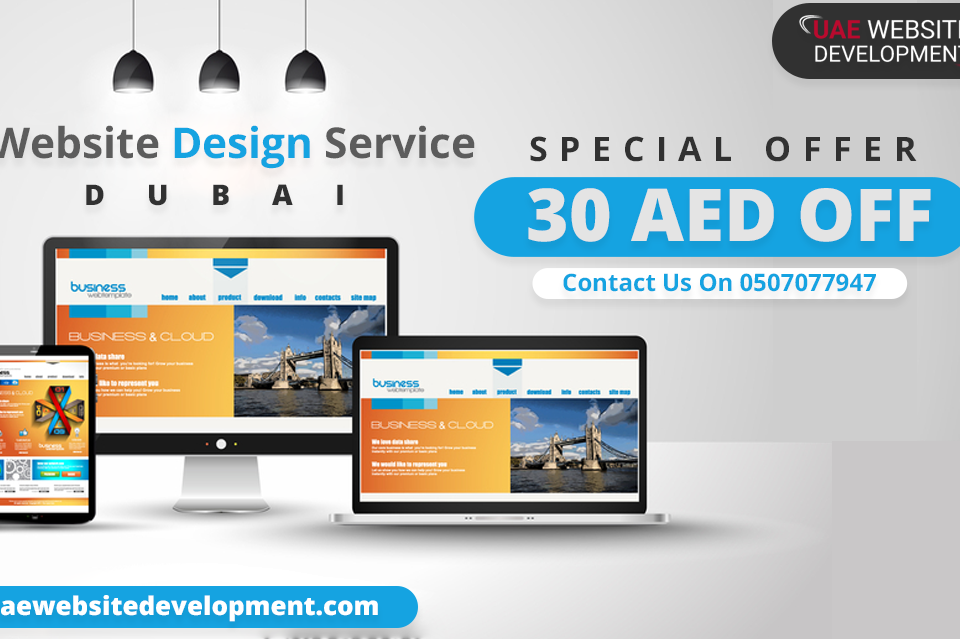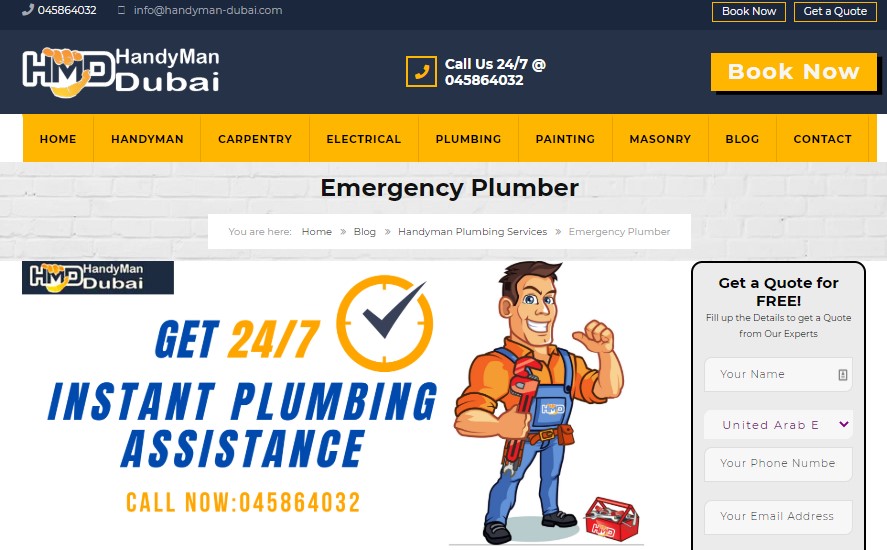Effective UI and UX Practices to Reach the Sales Target With B2B Website Design

A website is the ultimate marketing tool for bridging the gap between B2B businesses and their customers. Nowadays, customers love how online businesses can make the overall shopping experience easy and flexible.
Businesses have to play it creatively as well as understand customers and their needs. The right UI and UX design of a B2B business can bring customers closer and indulge in lead generation.
On the other hand, the COVID trend has left a powerful impact on both B2B and B2C businesses. However, B2B business websites require more aesthetics, relevance, and captivation than B2C businesses. Therefore, website creation for B2B businesses needs attention and modification at every step of the purchase and post-purchase support.
In addition, as a B2B business owner, you must keep in mind that clients are researching products and services days before they actually make a purchase. Moreover, you must keep a clear idea about factful and well-elaborating content that will attract the target audience.
Let’s learn more about how B2B purchases work and what website design changes can keep you in the lead.
What makes B2B Website Design Practices different from B2C Businesses?
Before you dive into the efficient User Interface and User Experience properties of any website, get to understand – What are the major differences between B2B and B2B website design approaches?
Here we got 3 major points that you should not overlook:
- There’s a price gap between the products and services of B2B and B2C sites. B2B services and products sell out at costlier prices than B2C ones. Every step associated with purchase requires individual nurturing and configuration.
- The next difference is the critical journey from informing a client to compelling the client to make the purchase for B2B businesses. It’s usually easier for B2C businesses. In addition, B2B businesses have to offer more official and convincing documents to gain trust.
- B2C businesses can develop a fast interest in their products and services. They can turn it into a secure sale. Whereas B2B businesses have to struggle more with building a relationship with their clients.
As a B2B business owner or part of it, you have to keep all these things in mind while crafting the best website.
Things to Watch Out for Making B2B Business Websites Amazing
B2B businesses go through a longer product sales process according to their clients’ purchase requirements. Every B2B website has to maintain the following to make a good impression:
- Support for every stage of product or service purchase
- Maintaining a strong relationship with clients
- Increasing Task Completion Rate or TCR on the business website
First, clients will start noticing how your business products can solve their issues. Therefore, you have to put up content on your website that will show how relevant your solutions are to your clients. The same clients interested in your products or services will also check your competitors’ websites. Hence, you should provide detailed specifications, case studies, clear images, testimonials, pricing, etc.
In addition, your B2B website must show presentable materials, team member information, comparison tools, and lead times to earn more credibility. The target audience or clients will contact your sales representatives only after that.
They might make an online purchase with or without negotiating the price. You should have mentioned your business’s physical location, warranty information, and pricing.
Further, you have to provide your clients with technical support, implementation of guides, content to get the maximum of the product, and more. Additionally, your business remains responsible for maintenance and upgrades.
The existing client might contact you again when the product has reached its last day. The overall cycle again runs from the beginning with the same methods.
What are the Sophisticated UI and UX Practices for B2B Businesses?
UI stands for User Interface, and it is the medium between a user and the system. The system can be a computer, a business website, a mobile application, etc. Whereas, UX or User Experience denotes how pleasurable the system or website is to a customer or user.
Therefore, these two are functional prototypes of any committed B2B website. Here are a few tips to improve your client’s experience with your website and compel them to make a valuable purchase:
Mastermind Market Research
You have to demonstrate how your business stands out in the industry even though countless similar businesses exist. That’s why extensive market research is your primary key to making a functional website.
You must identify your business goals, find the right customer base, and take care of the existing competition. Only then can you understand what you have to offer as content on your website walls.
You must have a stellar product or service, and no doubt, you want to generate more leads through the marketing funnel. To keep your business in the right magnitude, you have to decide on the scope of the website. For example, whether your website will only generate leads or it can handle inquiries like a sales representative.
No wonder you must deploy more strategies and IT facilities to handle shipping, inventory, and everything in-between. Therefore, keep a sitemap ready for crafting an excellent website according to your business goals.
What comes the Next Step…
Now, it’s time to target your client base with your business products and services. Try to look at everything from a buyer’s perspective.
You might describe how your products can benefit the clients instead of telling what you offer. For instance, recall how Apple marketed its 5GB of iCloud storage with the ‘1000 songs in your pocket’ tagline. In addition to prioritising the audience’s requirements, you should know how to handle redundant amounts of data. Update or add data analysis tools to your website to understand how your business is doing.
Customers might require a quick solution to their issues. They often Google their queries, and you can use this strategy to reach more customers. Try to include reviews, case studies, and testimonials to earn customers’ trust.
UX Design Specialisations for Efficient B2B Websites
You must employ UX designers who are experts in Experience Strategy, Interaction Design, Information Architecture, and User Research. Otherwise, your website might suffer from poor User Experience, which can result in no leads. Clients hate slow loading, improper navigation, lacking mobile optimisation, high bounce rates, and misleading CTAs.
Therefore, construct a website with high-end UX designs. Here are a few in-depth tips to make the most of your user experience:
Improve Loading Time
Your clients won’t wait long for your products and services to appear on screens. If they don’t readily load, your potential customers will leave your site. And, it’s hard to tell whether they are going to return or not. Therefore, use dedicated tools to check and improve your site’s loading time.
Breadcrumbs
Navigation plays an important role in retrieving the page that your customers want. Breadcrumbs are secondary navigation, and they help users to check on the current page. Breadcrumbs are a great addition to those websites with a navigation bar with dropdown menus. Users won’t be confused about products and services if you specify or categorise them using breadcrumbs.
Content
Ranking on search engines with the help of only keyword stuffing is a past event. Now, content is the king and helps your website to rank on Google or equivalent search engines. The content on your B2B website will demonstrate how your business can make a difference or how your clients will be able to resolve their issues.
Blogs are not enough to improve your website content requirements. Add white papers, eBooks, and more to encourage your clients through educational approaches. In addition, you can publish infographics and video tutorials to explain the implementation process in simple steps. Answer customer queries to keep them engaged. This will help your business gain authority, grow, and increase reach.
Keep Consistency in Web Pages
Audiences visit your website to get the product they are looking for. Therefore, your website’s design should not be confusing at all. Customers should be able to locate easily what they’re looking for. Hence, you have to keep your web pages more consistent and intuitive. Go for an easy-to-navigate layout instead of misleading.
Create White Spaces
These are blank and white spaces in between your web content and paragraphs. Noisy web pages without any white space might give your audiences a headache. Your website doesn’t require stuffed pages. Instead, make a visible gap between paragraphs so people can easily find everything.
Provide Several Ways to Communicate with You
Your clients’ ages might differ, and so do their professions and preferences. Some users might find a call more potential, while others prefer an email. However, chatbots are trending in the market to establish stable communication or a quick helpline. You can incorporate communication through phone calls, emails, or even live chats.
Looks do Matter
After deploying efforts on User Experience, it’s time to strengthen your website’s User Interface. The very first impression might go a long way when you are talking about a potential transaction. Users can judge your products’ and services’ capabilities based on the website’s appearance. However, you should not stuff up your web pages with more and more content as it might not be necessary.
Rather, you should focus on keeping your website design more organised and neat. Nowadays, UI designers believe in the ‘less is more’ theory. Cluttered aesthetics and information representation in a congested way won’t reap the benefits. Take time and decide on elements that are absolutely necessary for the page layout.
In addition, take examples from the real world. People like to perceive a website structure based on the industry you belong to. Additionally, the website should reflect your business’s philosophy. For example, B2B businesses that deal with the technology sector focus more on designs that reveal professional extent and expertise. So, your client will relate to your company website’s UI design, and if your website doesn’t perform as expected, it might not stand a second chance.
More on UI Design
B2B businesses are not like lifestyle brands. Instead, they are more about competence and professional aptitude. If your client doesn’t see potential in your website, it might not be asked back. Hence, you must impress your customers with the first look at the website. Check out trending and convenient UI designs as they keep changing with time.
Besides, you must remember that your website should have something unique in the creativity spectrum. Use simple interaction models to match mental models portrayed in peoples’ minds. Customers demand a streamlined overall shopping experience; their queries are addressed with a simple yet attractive design.
Keep UI More Subtle
Customers generally hate when they have to struggle with scrolling down and up while navigating through a webpage. Therefore, you have to keep the scrolling seamless. Subtle cues in the overall User Interface can enhance your credibility. Your web page should offer freedom to users, and they should have the control to navigate the website.
Be careful while placing a pop-up offer on your website. If your users can’t discard or close the pop-up, they might leave. So, add a control to reject the pop-up if you want to put up one. Another beneficial yet distracting feature can be a video on autoplay. Let your audience decide whether to watch the video, pause it, or close it.
In addition, automatic carousels are sliding banners that keep gliding on their own. They can be frustrating if they force people to quit navigating your website. Take care of these instances instead of following trends blindly. After all, UI is all about making the interface pleasing and convenient.
Try to Restrict Errors
Website design might have errors and bugs inside them. They might not pop up every time, so it’s better to escape them in the first place. Give hints for different spaces while creating a form for your website. Otherwise, your customer might end up providing the wrong information.
Additionally, you should use direct CTAs instead of ‘Click Here’. your customers are completely out of clue about what a click will do. Rather than this, you should try ‘Call Us’ or ‘Download eBook’. Keep the overall tone neutralised all across your website. If you consider incorporating it with search boxes, you can include the autocomplete feature.
You have already noticed how Google has done an awesome job with autocomplete searches. If a conversion is just going to happen, keep distractions away. In case you have to insert an external link on your pages, then you can add a sign that tells your visitors that they are leaving the site. Additionally, keep the primary and secondary calls to action distinguished.
A Few Words for Keyword & SEO Audit
Conduct a keyword audit to dig deep into words that people are searching for and your competitors’ rank on search engines. Use keyword research and data analysis to check out the exact keywords that can bring organic traffic to your B2B website. Moreover, you will clearly understand your target audience and what type of content they are interested in.
Are you concerned about your site’s ranking, organic search performance, and how your backlinks are doing? Then, the best practice to keep an eye on all of them is to conduct an SEO audit. Pick the absolutely compulsory tools for optimising your existing website’s search performance with the right SEO tactics.
Apart from these, content audit, Conversion Rate Optimisation, and Public Relations always help improve a website’s design. The more streamlined and clarifying it would be, the more conversion you can expect through the B2B website. Hire a marketing team to find a perfect match for marketing tools, plugins, platforms, and other tech innovations. These will also identify inadequacies and redundancies that might prevent your site’s ultimate speed and performance.
What are Technologies Currently Trending in Website Design?
Make sure that your B2B web design is mobile-friendly. Additionally, you can consider the latest innovations in the industry to interact with viewers. GIFs, Chatbots, Voice User Interfaces, Progress Indicators, and Micro-interactions are a few of them.
Create a logical and emotional connection with your target audience and give them reasons to stay on your page. Deploy effective practices for your website’s UX and UI and experience the difference.




